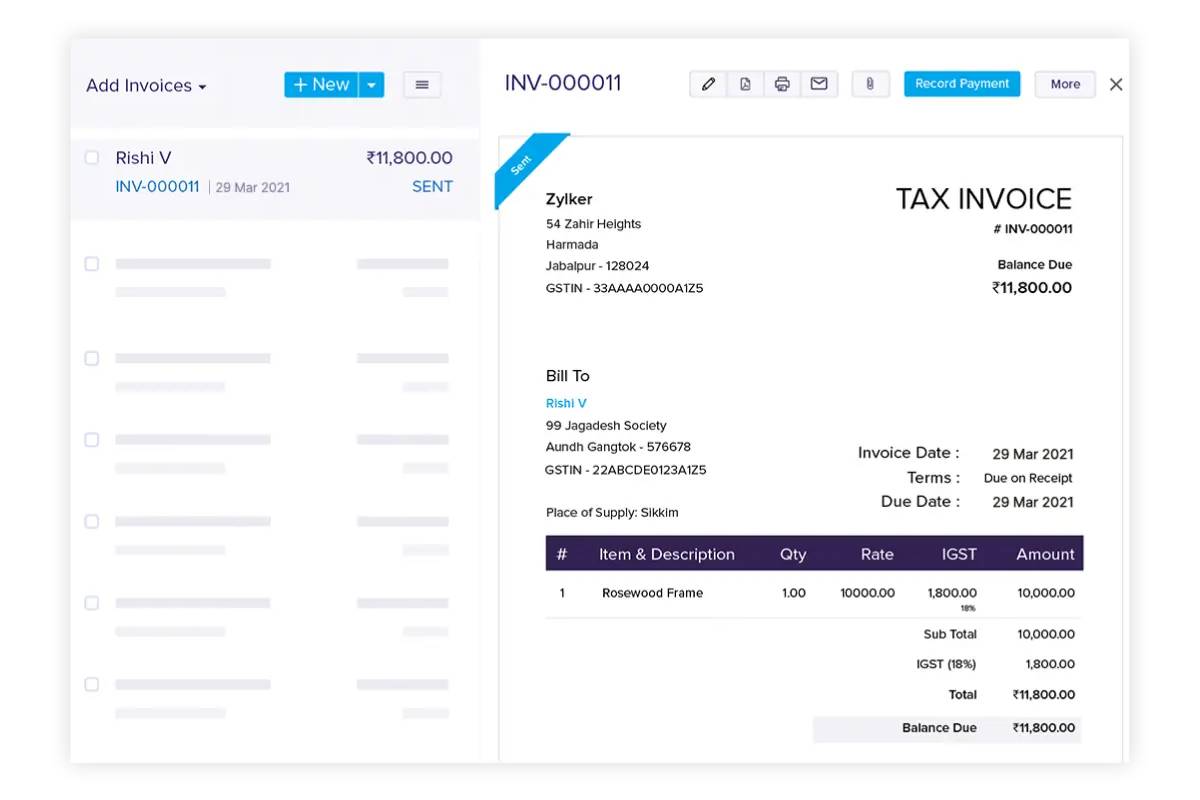
Investing for Long-Term Financial Security: A Guide to Smarter Wealth Building
How would your life change if you knew your future self was financially secure? Not just “getting by,” but truly confident in your ability to weather storms, retire comfortably, and support the people you love.
For many, that dream feels out of reach. But here’s the truth: with the right investment strategies, a dose of patience, and a little planning, long-term financial security isn’t just possible — it’s achievable.
Whether you’re just starting to save, in the middle of your career, or thinking about retirement, this guide will help you take control of your financial planning and build lasting wealth. We’ll explore smart investment principles, real-world examples, and practical steps to start growing your money with purpose — no jargon, no gimmicks.
Let’s dive in.
Why Long-Term Investing Matters
Security, not speculation
Long-term investing isn’t about chasing stock market trends or timing your way to instant riches. It’s about consistency, compound growth, and creating a financial cushion that will support you for decades.
While saving is essential, inflation chips away at your money’s value over time. Investing helps your money grow faster than inflation, and that’s key to building wealth.
It’s never too early (or too late) to start
The earlier you begin, the more time your investments have to grow. But even if you’re starting later in life, the right approach can still have a powerful impact.
Core Principles of Long-Term Investment Strategies

1. Compound Interest: Your Silent Wealth Partner
Albert Einstein reportedly called compound interest “the eighth wonder of the world.” It’s the process where your money earns returns, and those returns earn more returns — snowballing your wealth over time.
Example: If you invest £5,000 a year at a 6% annual return:
- After 10 years, you’ll have ~£65,000
- After 20 years, ~£185,000
- After 30 years, nearly £400,000
That’s the power of letting your money work for you — and why consistency trumps timing.
2. Diversification: Don’t Put All Your Eggs in One Basket
Diversification means spreading your investments across different asset classes (stocks, bonds, property, etc.) to reduce risk.
If one sector underperforms, others may hold steady or excel. This balance protects your portfolio and smooths out market volatility.
3. Risk and Reward: Finding Your Comfort Zone
Every investment carries some risk. Higher returns typically come with higher risks.
But they’re manageable if you:
- Understand your risk tolerance
- Stay invested long-term
- Reassess your goals and time horizon regularly
A 25-year-old with a long career ahead may lean towards equities, while a 60-year-old might shift towards bonds or lower-risk assets.
Choosing the Right Investment Vehicles
1. Stocks and Shares ISAs
In the UK, a Stocks and Shares ISA lets you invest up to £20,000 a year (2024/25) with no capital gains or income tax on returns.
Benefits:
- Tax-efficient
- Flexibility to invest in funds, shares, or ETFs
- Accessible for beginners
Perfect if you’re building a long-term pot without the complexity of pensions.
2. Pensions and SIPPs
Pensions remain one of the most effective ways to build long-term security. Contributions are tax-relieved, grow tax-free, and you can take 25% tax-free from age 55 (rising to 57 in 2028).
If you’re self-employed or want full control, consider a Self-Invested Personal Pension (SIPP).
3. Index Funds and ETFs
For long-term investors, index funds and exchange-traded funds (ETFs) offer:
- Low fees
- Instant diversification
- Exposure to global markets
You don’t need to pick individual stocks — instead, you ride the wave of the entire market.
4. Property Investment
Buying property can be a route to long-term wealth, especially through rental income and capital appreciation.
But it requires:
- Significant upfront capital
- Ongoing management
- Awareness of market cycles and legal obligations
It’s not passive, but it can be profitable.
Creating a Financial Plan that Works for You
A robust financial plan gives your investments direction. It helps you prioritise goals, track progress, and stay focused when markets wobble.
1. Set Clear Long-Term Goals
Ask yourself:
- When do I want to retire?
- How much annual income will I need?
- Do I want to help fund my child’s education or buy a second home?
Set specific targets — for example, “I want a £500,000 retirement pot by age 65.”
2. Work Backwards
Once you know your goal, break it down:
- How much do I need to invest monthly?
- What return should I target?
- Which accounts best support that goal (ISA, SIPP, etc.)?
This turns a vague dream into an actionable plan.
3. Revisit and Rebalance
Your financial journey isn’t static. Life changes — income fluctuates, goals evolve, markets move.
Review your portfolio at least once a year to:
- Reassess risk
- Adjust contributions
- Rebalance assets if needed
Think of it like a health check-up for your money.
Avoiding Common Mistakes

1. Trying to Time the Market
It’s tempting to wait for the “perfect time” to invest, but timing the market is nearly impossible.
Instead, use pound-cost averaging: invest a fixed amount regularly. You’ll buy more when prices are low and less when they’re high, smoothing out market swings.
2. Letting Emotions Take the Wheel
Markets fall — it’s part of the journey. Reacting emotionally by selling at the bottom often locks in losses. Long-term investors stay calm and stay invested.
As Warren Buffett said, “Be fearful when others are greedy, and greedy when others are fearful.”
3. Overpaying in Fees
High fees can eat into your returns over time. A fund with a 2% annual fee may cost you tens of thousands more than one with a 0.5% fee over 30 years.
Look for low-cost providers, and understand what you’re paying for.
Real-Life Example: How Jake Built Security from Scratch
Jake, a 32-year-old graphic designer, never thought of himself as “good with money.” But after a turbulent freelance year, he realised he needed to take control.
He started with:
- A £100/month Stocks & Shares ISA
- An emergency fund with 3 months’ expenses
- A basic SIPP with contributions from his limited company
Five years later, he’s grown his portfolio to over £30,000 — all while learning about investing at his own pace. He now uses an online platform that auto-rebalances based on his goals.
Jake’s takeaway? “Start small. Stay consistent. You don’t need to be an expert — just get in the game.”
Tools and Resources to Get Started
- MoneyHelper.org.uk – Government-backed financial guidance
- Vanguard UK / Hargreaves Lansdown / AJ Bell – Platforms for low-cost investing
- PensionBee / Nutmeg / Wealthify – Good for beginners wanting managed portfolios
- Which? and Boring Money – Trusted reviews and educational content
Don’t let complexity hold you back — these platforms make investing accessible and understandable.
Conclusion: Your Future Is Worth Investing In

Investing for long-term financial security isn’t just about building wealth — it’s about building peace of mind. It’s about giving yourself the freedom to say no to stress, yes to opportunities, and the confidence that comes from knowing you’re in control.
The best time to start was yesterday. The second-best time? Today.
Here’s what to do next:
- Set a goal — retirement, a house, education, anything meaningful.
- Pick an account — ISA, SIPP, or both.
- Choose a platform — look for ease of use, low fees, and good support.
- Start investing — even £50/month can make a big difference.
Final takeaway: Long-term investing isn’t reserved for the rich or financially elite. It’s for people like you—freelancers, employees, parents, dreamers—anyone ready to trade short-term impulses for long-term gain.


